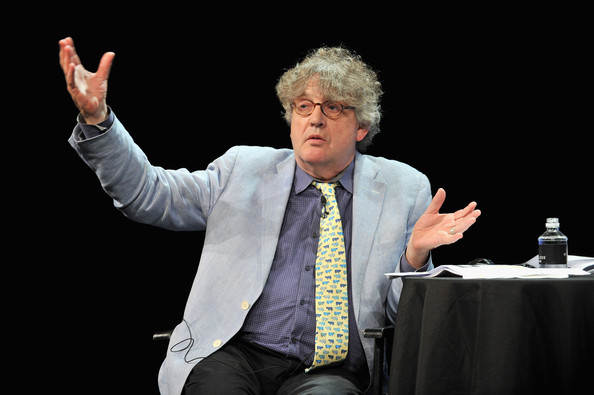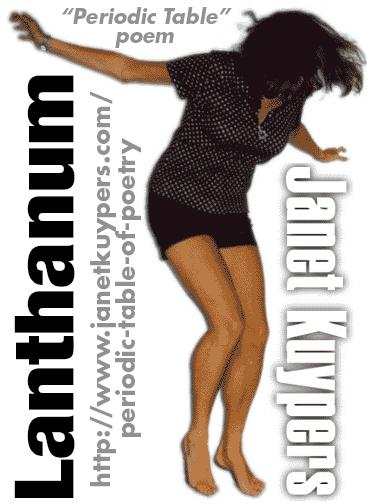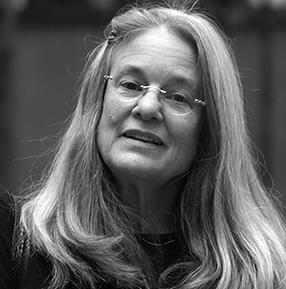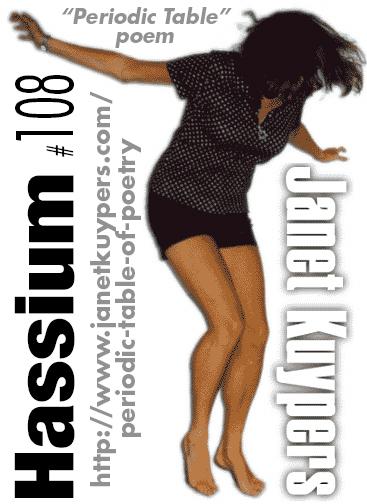
Paul Muldoon is one of Ireland’s leading contemporary poets. He was born in Portadown, County Armagh and raised near The Moy, in Northern Ireland. Muldoon’s work is full of paradox: playful but serious, elusive but direct, innovative but traditional. He uses traditional verse forms such as the sonnet, ballad, and dramatic monologue, but alters their length and basic structure, and uses rhyme and meter in new ways. His work is also notable for its layered use of conceit, allusion, and wit. The cryptic wordplay present in many poems has often been called Joycean, but Muldoon himself has cited lyric poets such as Frost, Thomas, and MacNeice as his major influences.
Muldoon is the youngest member of a group of Northern Irish poets—including Seamus Heaney, Michael Longley, and Derek Mahon—which gained prominence in the 1960s and 1970s. As a student at Queen’s University, Muldoon studied under Heaney, and refined his own analytical and critical skills in weekly discussions with other poets. In 1971, at the age of nineteen, Muldoon completed his first short collection, Knowing My Place. Two years later, he published New Weather (1973), his first widely reviewed volume of poetry. The book secured Muldoon’s place among Ireland’s finest writers and helped establish his reputation as an innovative new voice in English-language poetry.
[tubepress mode=”tag” tagValue=”Paul Muldoon Poet” resultsPerPage=”20″ orderBy=”relevance” perPageSort=”viewCount” ]
editor@artvilla.com
robin@artvilla.com
www.facebook.com/PoetryLifeTimes
www.facebook.com/Artvilla.com






